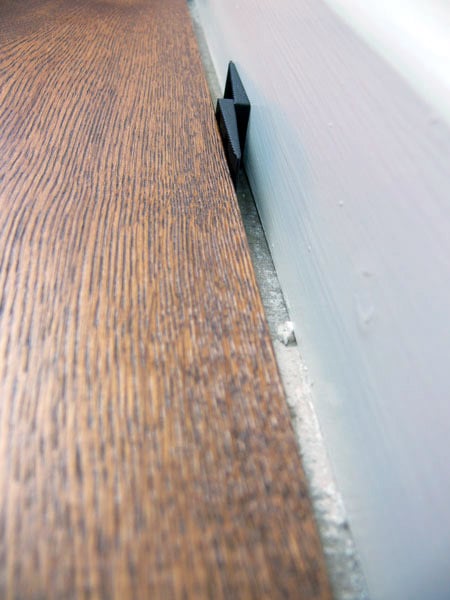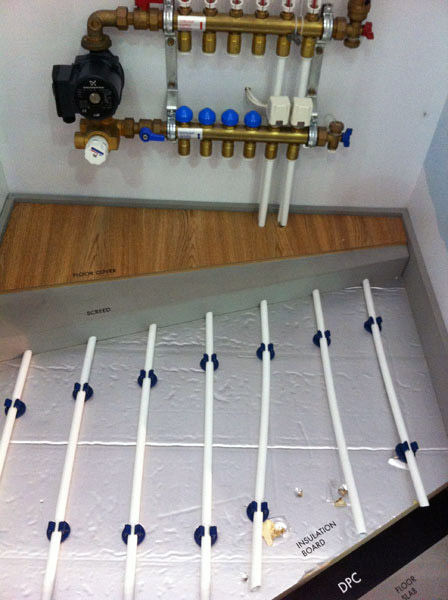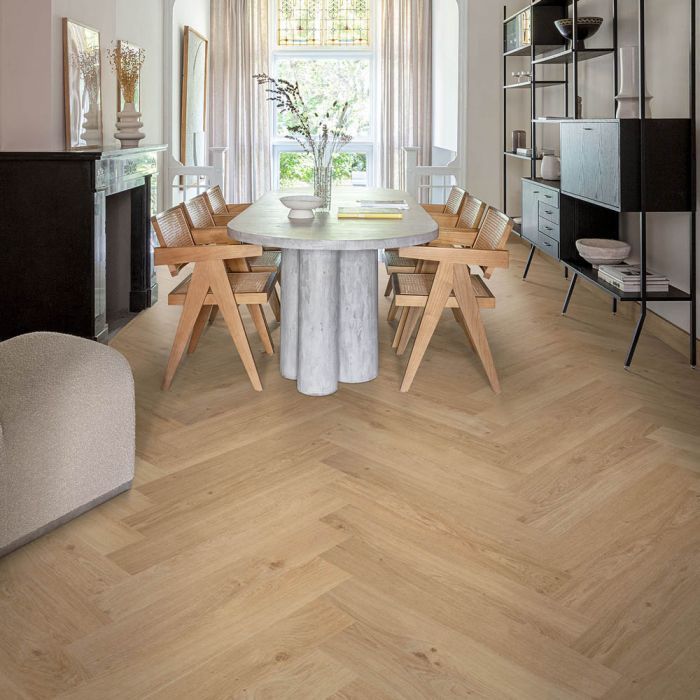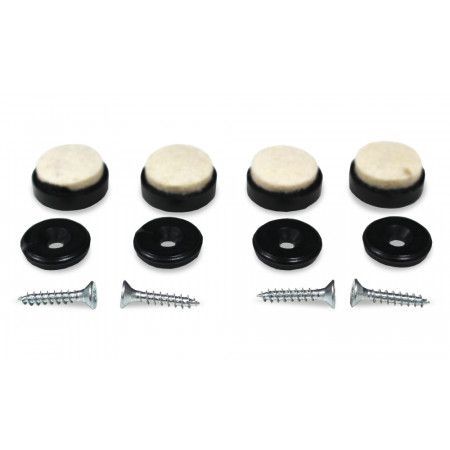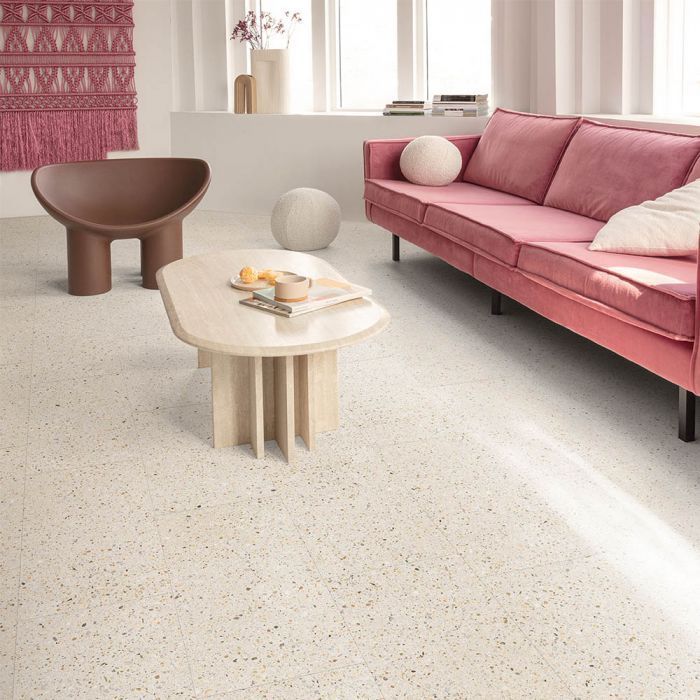The term ‘floating floor’ relates to the way which your hardwood flooring has been, or is going to be, installed. There are two main ways that you can install hardwood flooring. You can either fix your hardwood floor to the subfloor with glue, nails or screws. Alternatively you can float your floor over an underlay.
What is a floating floor?
A floating floor has nothing to do with the actual floor you purchase, it refers to the particular installation method you use. To float a floor means to lay it loosely over an underlay. The planks of flooring will, of course, be fixed together, but nothing will be fixing it to your subfloor. It is a very popular method of installation as it tends to be quicker and easier that gluing, nailing or screwing hardwood flooring down. A floating floor can also sometimes be referred to as a 'loose laid floor’, because it is not fixed into position.
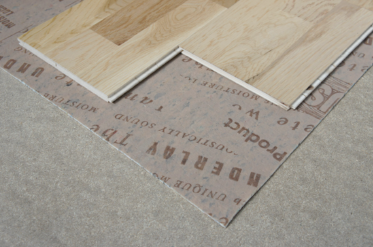
Can any type of hardwood flooring be floated?
You must only float engineered hardwood flooring over an underlay. Solid wood flooring is not structurally stable enough to be floated, so it must be fixed into position. Engineered wooden flooring has been designed and constructed in such as way that it has added dimensional strength and stability from the base layers. This means that it can withstand the added pressure of floating (natural movement). You will also need to think about the type of underlay that you want to use. There are different types available depending upon your requirements. You might want a thermal barrier or a sound reducing underlay. If you are using underfloor heating then you will need a special low tog underlay to allow the correct transfer of heat through to your floor.
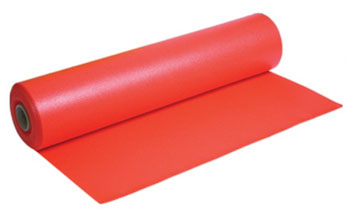
How do I float a hardwood floor?
Before fitting any hardwood floor you must check that your subfloor is of sound quality and properly prepared. Have a look at our article for more detailed information: Subfloor Preparation. Once your subfloor has been fully checked and prepared you can start by rolling out your underlay and cutting it to the shape and size of your room. Choose your starting wall and either click or glue your planks of flooring together row by row. If you have click fitting engineered hardwood, you will simply click and lock the planks of flooring into place. You will not need any glue. If you have chosen tongue and groove engineered wood then you will need to use a WPVA glue to adhere the tongues and grooves of the planks together. During installation it is very important to leave an expansion gap around the whole perimeter of the room. This is to allow for natural movement of the flooring. The expansion gap can then be covered by a skirting board or beading. For more information read, What is an expansion gap?
